IMPLEMENTASI METODE KOLASE DALAM MENINGKATKAN MOTORIK HALUS ANAK USIA DINI
Abstract
Improve Early Childhood Education, teachers must have high creativity in delivering material using methods that make children motivated to learn. One of them is the collage method which aims to improve fine motor skills in early childhood. This study uses qualitative and descriptive methods with data collection techniques by triangulation, observation, interviews, and documentation. The collage method applied at Cahaya Ananda Kindergarten uses various media such as paper, seeds, cotton.
References
Ida Bagus Alit Arta Wiguna, K. A. T. R. D. (2020). Strategi Guru Dalam Peningkatan Mutu Pembelajaran Etika Hindu. Jurnal Penjaminan Mutu, 6(2), 210–220. https://doi.org/DOI: http://dx.doi.org/10.25078/jpm.v6i2.1449
Nasional, D. P. (2003). Undang-Undang Nomor 20 Tahun 2003 Tentang Sistem Pendidikan Nasional. Jakarta: Depdiknas, 35.
Nursalam. (2005). Perkembangan Dan Konsep Dasar Perkembangan Anak Usia Dini. Jakarta : Universitas Terbuka.
Sumantri. (2005). Model Pengembangan Keterampilan Anak Usia Dini. Jakarta Uiversitas Terbuka.
Wiguna, I. B. A. A., & Ekaningtyas, N. L. D. (2021). STRATEGI ORANG TUA DALAM MENDAMPINGI ANAK USIA DINI BELAJAR DARING DI RUMAH. Pratama Widya: Jurnal Pendidikan Anak Usia Dini, 6(1), 86–95.
Wiguna, I. (2020). POLA ASUH DALAM PENUMBUHKEMBANGAN KARAKTER TOLERANSI ANAK USIA DINI DILINGKUNGAN MINORITAS. Prosiding STHD Klaten Jawa Tengah.
Wiguna, I. B. A. A. (2021). Kepemimpinan Kepala Sekolah PAUD Di Masa Pandemi Covid-19. In Prosiding Seminar Nasional Institut Agama Hindu Negeri Tampung Penyang Palangka Raya, 1(1), 221–233.
Zaenab, S., & Sueca, I. N. (2019). MENCERDASKAN ANAK BANGSA MELALUI PENDEKATAN PEMBELAJARAN PENDIDIKAN ANAK USIA DINI. PRATAMA WIDYA: JURNAL PENDIDIKAN ANAK USIA DINI, 3(1).
Zaenab, S. (2015). Profesionalisme Guru PAUD Menuju NTB Bersaing:(Pengantar Manajemen Pendidikan, Praktik, Teori, dan Aplikasi. Deepublish.

This work is licensed under a Creative Commons Attribution-ShareAlike 4.0 International License.
Authors who publish with this journal agree to the following terms:
- Authors retain copyright and grant the journal right of first publication with the work simultaneously licensed under a Creative Commons Attribution-ShareAlike 4.0 International License that allows others to share the work with an acknowledgement of the works authorship and initial publication in this journal.
- Authors are able to enter into separate, additional contractual arrangements for the non-exclusive distribution of the journals published version of the work (e.g., post it to an institutional repository or publish it in a book), with an acknowledgement of its initial publication in this journal.
- Authors are permitted and encouraged to post their work online (e.g., in institutional repositories or on their website) prior to and during the submission process, as it can lead to productive exchanges, as well as earlier and greater citation of published work (See The Effect of Open Access).

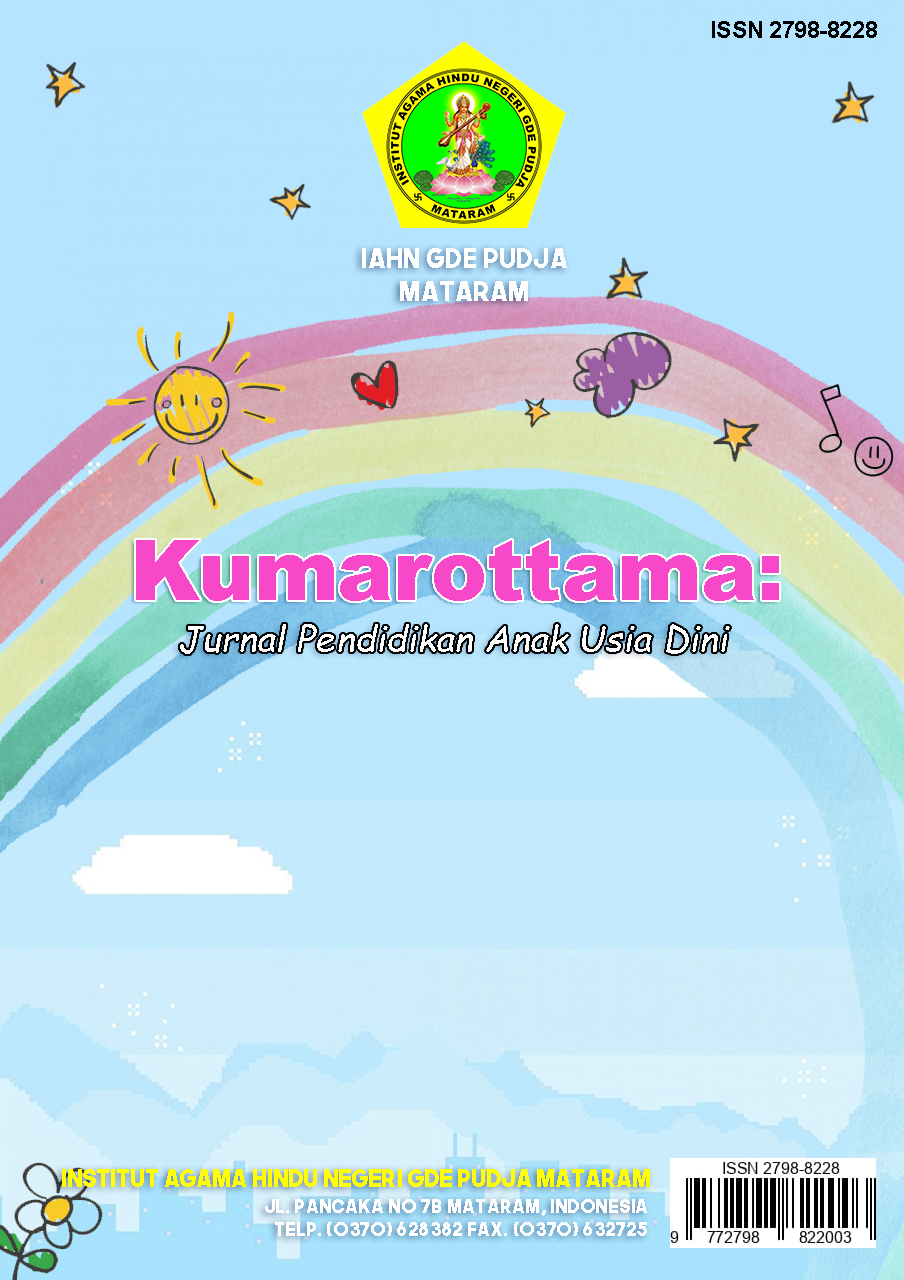
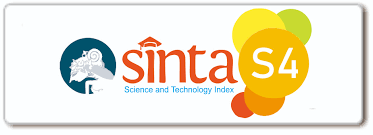
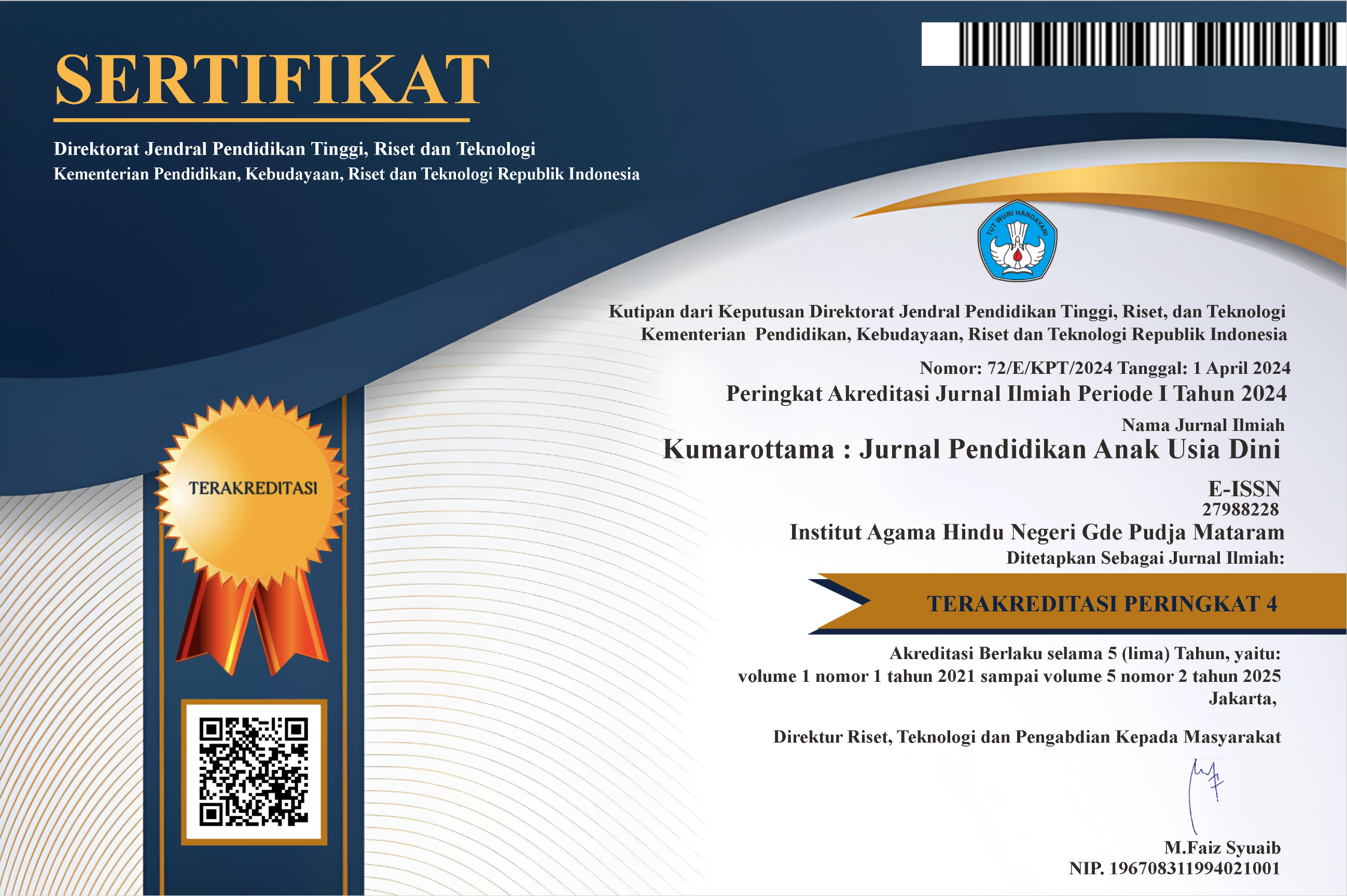


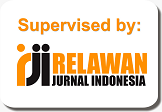
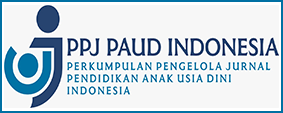
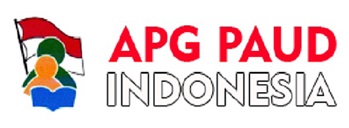

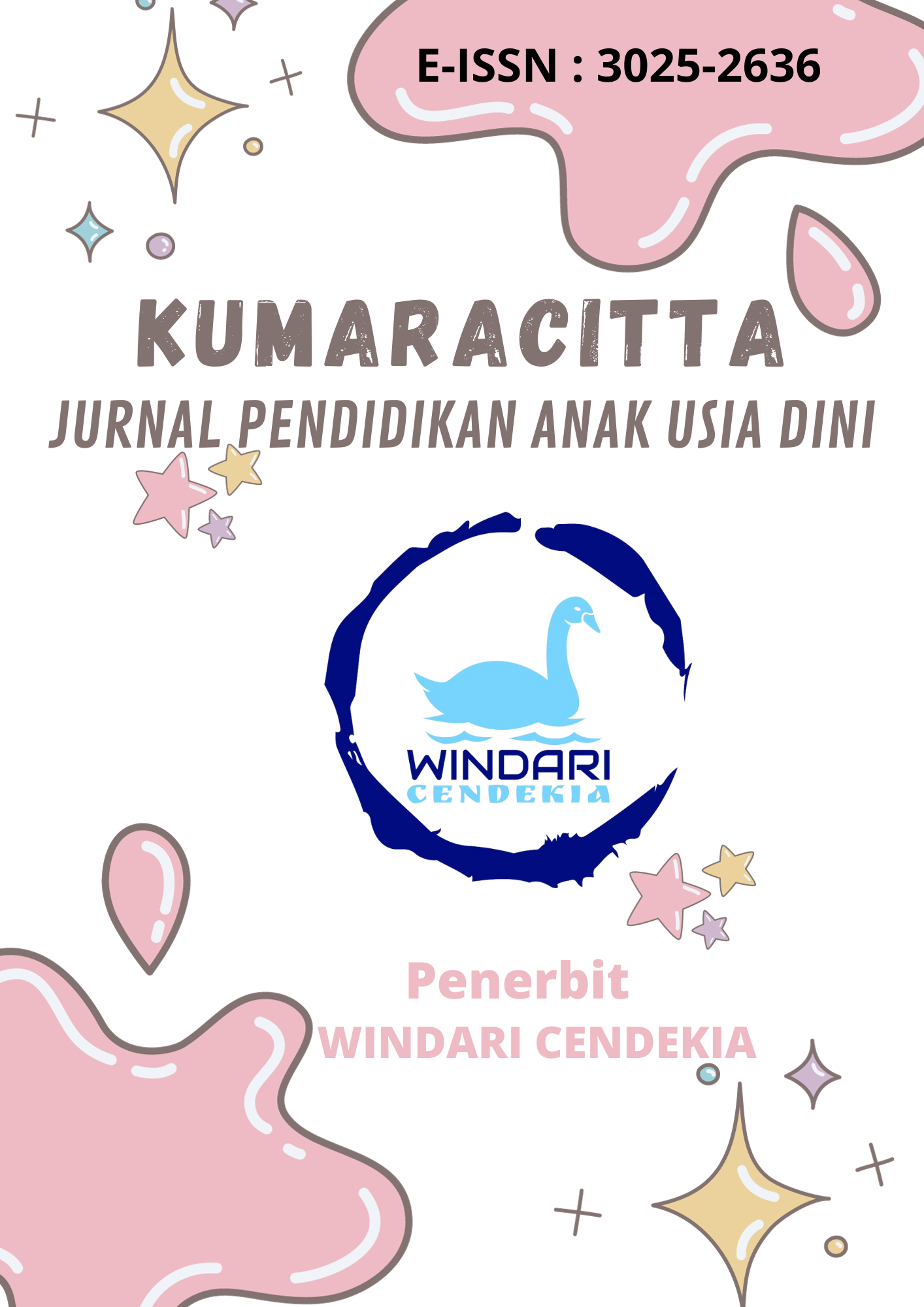
.png)














